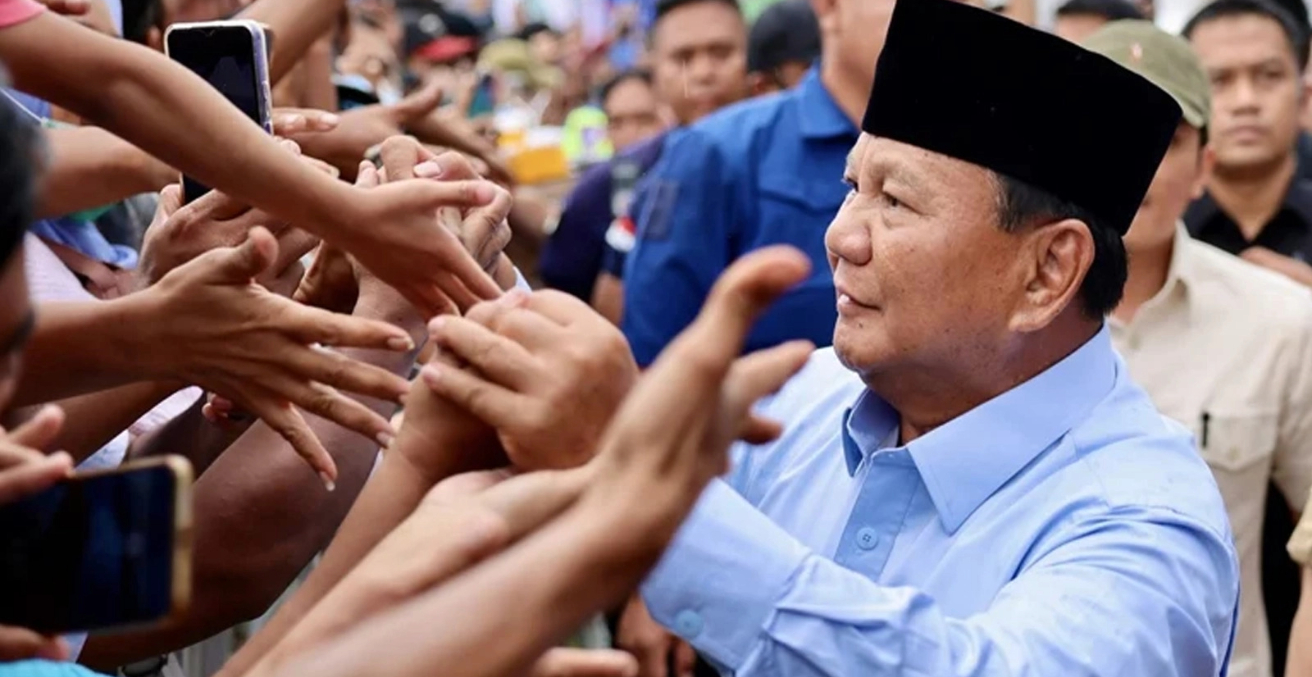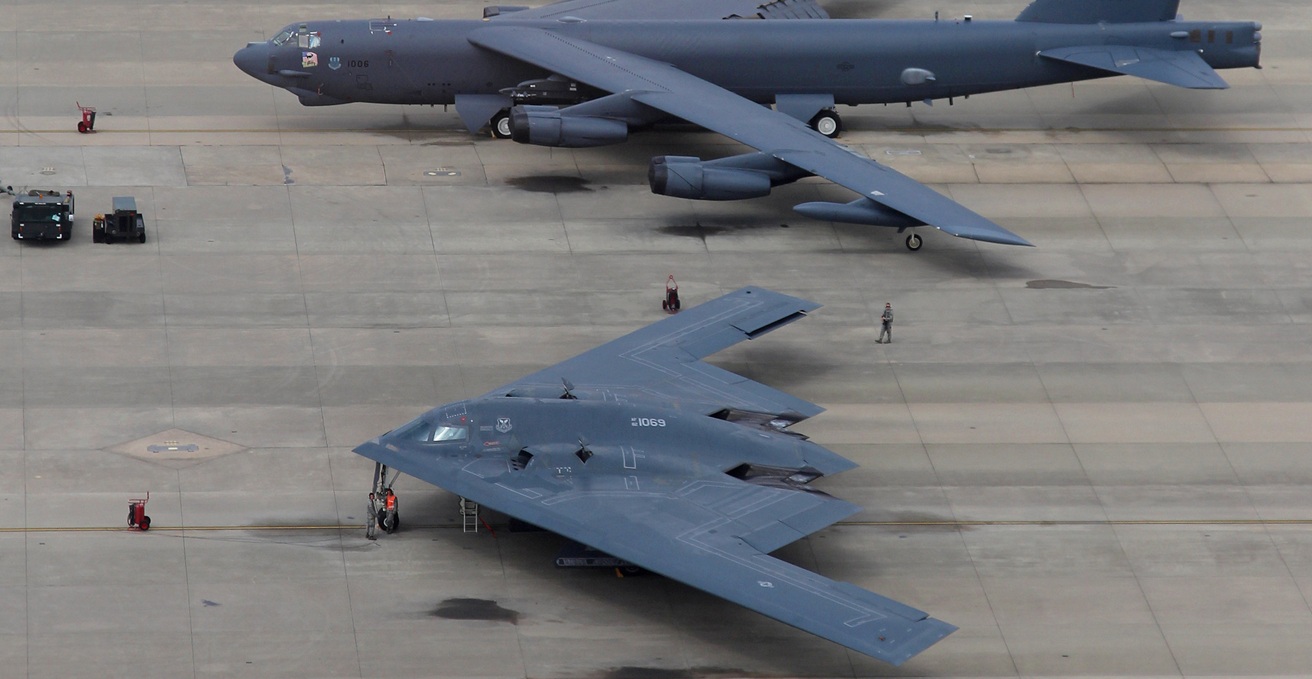Kushner’s The Geography of Injustice unravels the contested war crimes trials and lingering memory of Japanese wartime atrocities, offering critical insights into the fractured reconciliation process in East Asia. With its rich analysis of post-WWII legal, political, and cultural dynamics, this book is essential reading for understanding the region’s historical and ongoing tensions.
A deeply researched book, Kushner’s The Geography of Injustice explains the lack of genuine reconciliation in post-World War II (WWII) East Asia from the perspective of contested war crimes trials. It will likely be of ongoing relevance because of the increasing geopolitical tensions in the region. Expanding on his award-winning monograph Men to Devils, Devils to Men in 2016, Kushner continues to interrogate the contentious aftermath of the Japanese Empire’s wartime atrocities in post-WWII mainland China, Japan, and, to a lesser degree, Taiwan. The Geography of Injustice covers not only the legal-cum-political manoeuvres in the pivotal decade after WWII but also the contention over the memory of those manoeuvres thereafter. Through revealing details and astute commentaries, Kushner demonstrates why WWII has cast such a haunting shadow over East Asia while the rest of the world seems to have long moved on.
In an unusually candid introduction, Kushner’s book begins with a fraught interview in a village in north China for the production of a Chinese TV documentary. The author, an American academic working at a premier British university, was instructed by the director to ask a Chinese peasant to recall Japanese brutality in 1942. The survivor’s emotional pause when recounting his eight-year-old younger sister’s perishing during a Japanese raid of the tunnels, however, unexpectedly halted this seemingly straightforward assignment. Kushner’s reflection on such “bad television” sets the emotional tone for the entire book, whose substantive chapters alternate between China and Japan and are divided into three parts. Chapters one to six contextualise what Kushner calls the “kaleidoscope of defeat” in East Asia, the shifting political boundaries and allegiances which compressed de-imperialisation and decolonisation together in this volatile region after WWII. Chapters seven to ten delve into the competing and converging jurisprudence on war crimes in the faltering Republic of China (ROC) on the mainland, the nascent People’s Republic of China (PRC), and post-occupation Japan. Chapters 11-13 mainly focus on how the evolving memory of war crimes in these separate jurisdictions (mis)informs national identities and opens the space for renewed civic engagement aiming at genuine reconciliation.
No review can do full justice to a book of such depths. As a China specialist, this reviewer will mainly highlight a few examples of Kushner’s analytic insights about the history of twentieth-century China. Beginning his substantive analysis by comparing the Nuremberg and Tokyo Trials, Kushner questions the applicability of the Cold War in understanding post-WWII East Asia. As he puts it, “the great irony of the postwar period in East Asia… is that Japan’s surrender brought peace to its home islands but little to the rest of its former empire.” Unlike the post-WWII settlement of Germany, which had ceased being a major colonial power after WWI, the end of the Japanese Empire and decolonisation in East Asia triggered some of the most significant armed conflicts of the Cold War era, including the Chinese Civil War and the Korean War. Kushner’s emphasis on the intertwined temporalities of post-1945 East Asia offers a much-needed corrective to the Eurocentric tendencies in the periodisation of the Cold War in the region and helps scholars of modern China reframe the second half of the twentieth century.
Kushner’s focus on the contested juridical process and memory and allusion to the interparty drama between the Chinese and Japanese communists also makes an innovative contribution to the existing literature on Sino-Japanese relations after WWII. Compared to the period between the mid-nineteenth and mid-twentieth centuries, the more recent past of this important relationship before normalisation, in general, has attracted much less scholarly attention. Most of the existing studies examine the political and economic dimensions outside the formal diplomatic channels. Outside the sphere of political economy, there have also been efforts to study the cultural flows and environmental disputes that involved not just the PRC and postwar Japan, but also the ROC on Taiwan. Together with the cultural and environmental approaches to Sino-Japanese relations in the second half of the twentieth century, Kushner’s book highlights a different kind of politics that foregrounds the fate of those incarcerated in the shadow of horrific warfare engulfing East Asia in the 1930s and 1940s, and defies the simplistic Cold War framing.
Given the historical and contemporary significance of the topics Kushner’s book covers, one wonders whether its rich content can be repackaged to attract an even broader readership. To this reviewer, the book in its current, relatively short chapter format tries to balance between specialists and non-specialists—a rather herculean task. The lack of a select bibliography makes it difficult for specialists without access to the e-book to double check the citations. The scattering of the fascinating life story of Ito Ritsu (伊藤律 1913-1989), a Japanese Communist Party leader detained in the PRC for almost three decades, in different chapters could confuse the non-specialists. Reorganising the book around stories of intriguing figures such as Ito and Chinese legal workers like Li Yechu (李业初) and Wang Ruqi (王汝琪 1912-1990) can engage more readers, including undergraduate students.
It is also worth noting that funding for Kushner’s research came from a European Research Council grant that spanned Brexit in 2017. This is not the place to comment on regional integration and fragmentation in Europe. But the fact that a monograph on the juridical and political order of post-WWII East Asia is funded by the European Union rather than any organisation remotely similar to that in East Asia itself testifies to the dramatically different trajectories of these two regions in the past 80 or so years. Kushner’s book is a must-read to understand those differences.
This is a review of Barak Kushner’s The Geography of Injustice: East Asia’s Battle between Memory and History (Ithaca and London: Cornell University Press, 2024). ISBN 9781501774010
Dr Yanqiu Zheng is a historian of China in the world and is the Associate Director of Asia and Pacific Programs at St. Lawrence University’s Patti McGill Peterson Center for International and Intercultural Studies. yzheng@stlawu.edu
This review article is published under a Creative Commons Licence and may be republished with attribution.




